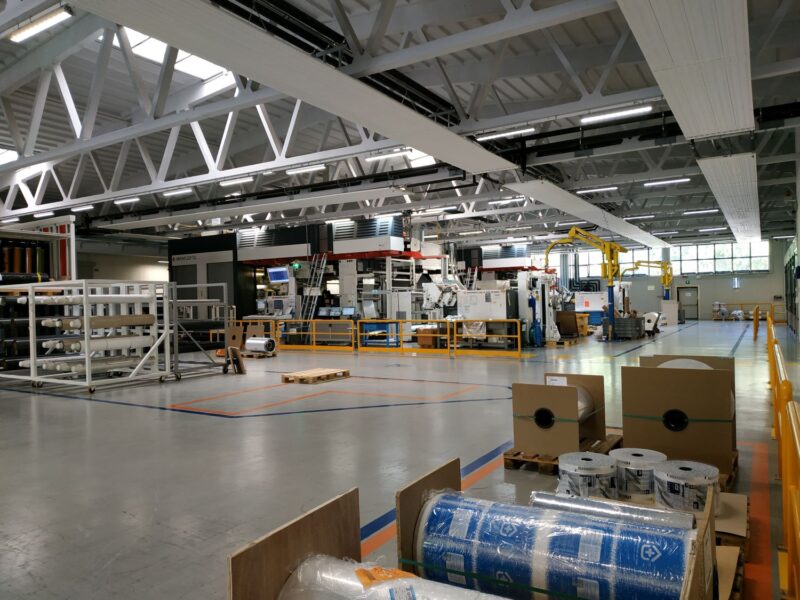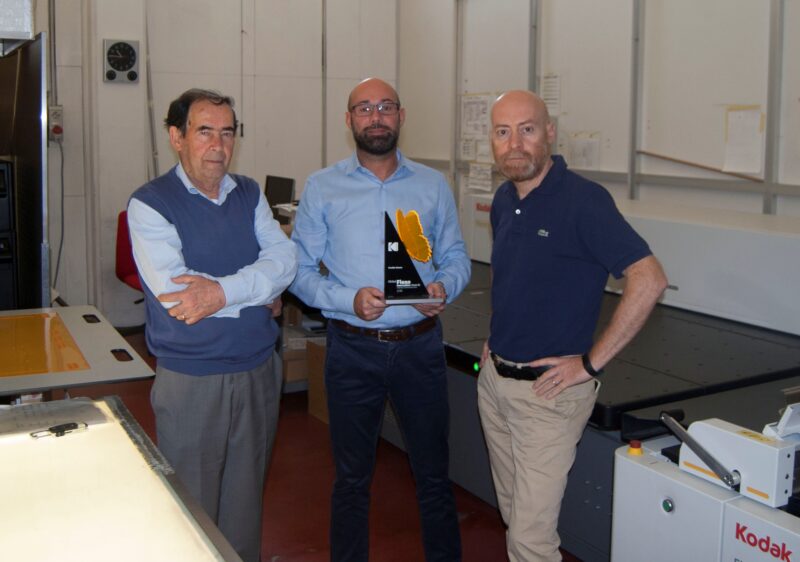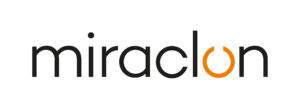Since it was founded in 1969 in Verona by Giulio Storace, through a combination of vision and innovation, Fotolito Veneta has grown to become one of the leading packaging businesses in Italy – though it counts Europe as its domestic market and is able to guarantee next day delivery of its flexo plates to countries such as Britain, Poland, Greece and Spain.
Initially specialising in the provision of high-quality, offset pre-press services to the book and magazine publishing industry, Storace later foresaw the growth opportunity packaging would offer, embraced flexo technology and refocused the company’s attention on offering the full range of packaging pre-press services.
Andrea Storace, Packaging Sales Manager at Fotolito Veneta sums up the impact that flexo has had on the family business with this fact: “In 2010, flexo only represented 30% of our turnover – today it’s 100%.”
Food packaging in particular accounts for 60% of Fotolito Veneta’s business and the company includes a number of the industry’s brands among its clients, including Bofrost, Dal Colle and Le Mantovanelle. Andrea goes on to elaborate that, due to the recent heightened requirement for food packaging during the COVID-19 pandemic, the business experienced a surplus in orders during what was a challenging period for most Italian companies in lockdown.
He says: “We were aided by the fact that some of our clients happened to be launching new products when the lockdown came into effect, and as such, new packaging designs were required, which put both our productivity and our creativity to the test.”
During this time, Fotolito Veneta dealt with longer than usual print runs of up to 500,000 metres, as well as shorter ones requiring very short make-ready times, for which the company relied on automated workflows and digital colour-proofing to help cope with the volume of work.
No flexibility without flexo
Miraclon’s flexo plate technology has played a pivotal role in Fotolito Veneta’s journey to becoming a major player in the flexo print sector. After acquiring a KODAK Thermoflex in 2000, the company made the decision in 2014 to incorporate Kodak’s integrated solution, the FLEXCEL NX System, into its production environment. By investing in the FLEXCEL NX imaging equipment, Fotolito Veneta would be able to produce a wide variety of finished FLEXCEL NX plates for individual print jobs.
“With flexo print, there is no standardisation – every company is different and has different requirements,” explains Andrea. “As such, we need to be able to change our mind-set and adapt to each and every new customer. This degree of flexibility would not be possible without FLEXCEL NX technology.”
The FLEXCEL NX imaging equipment and plates are designed to work together to enable optimum print performance. As a result, Fotolito Veneta is able to adapt its plates to numerous flexo printing systems to suit a variety of specifications. “Whether our customers need to print on film or paper, or use solvent inks or water-based inks, we are able to meet their requirements. It’s highly personalised approach to business and one that is greatly appreciated by our customers,” says Andrea.
He is also keen to highlight a common issue that Miraclon’s system is able to address: “The FLEXCEL NX System’s flat-top dot structure solves a problem inherent with traditional digital flexo platemaking technology, where oxygen inhibition during UV exposure results in bullet-shaped dots that are prone to surface wear and result in unpredictable inking and printing. The FLEXCEL NX System’s unique technology eliminates all oxygen during UV exposure to produce full amplitude, flat-top dots with sturdy bases and strong shoulders across the entire tonal range. The result is a printing form that is consistent, repeatable and resistant to changes in impression and wear from substrate or cleaning.”
Andrea and his team have been so impressed with the results yielded by the FLEXCEL NX’s capabilities that they have expanded their capacity by investing in the technology’s largest format the KODAK FLEXCEL NX Wide 5080 System, with an installation scheduled for autumn 2020. With an increasing need to produce bigger plates for Fotolito Veneta’s customers, the 5080 system offer large format production, efficient plate layouts, operator-friendly functionality, and significantly improved imaging speed.
The need for speed
As is the case across most industries, customer demands surrounding turnaround times have evolved in flexo packaging, with next day delivery becoming a common expectation. The challenge is to ensure that quality standards are maintained despite this expectation.
“No matter how many orders we get and how many thousands of metres we print, the quality of the final product needs to remain consistently the same throughout,” acknowledges Andrea.
As such, Fotolito Veneta is in the process of launching a new, bigger production line by the end of the year, and one in which FLEXCEL NX technology will have a key role to play. “This will be a major future-proofing exercise,” explains Andrea. “If we want to be faster, we need to make the right investment. Our goal is to produce double the plates that we produce now, as well as to be able to run bigger plates at higher speeds.”
Ongoing innovation
As a previous Global Flexo Innovation Award winner, Fotolito Veneta has always placed significant importance on investing in the advancement of its flexo technology offering. Therefore, the lockdown that was imposed in Italy as the result of the coronavirus pandemic presented an opportunity for the Storace family to drive innovation.
During this time, Andrea and his brother Alfredo, Production Manager at Fotolito Veneta, spearheaded the development of a stochastic screening solution enabled by the one-to-one image to plate reproduction capability of the FLEXCEL NX System. The solution has been trademarked as ‘Diamante’, the Italian word for ‘diamond’.
For the uninitiated, stochastic screening is a type of digital halftone screening which varies the pattern of dots while keeping the size of the dots constant. It is particularly suitable for colour printing intricate images that involve complex textures, repeating backgrounds, and other geometric shapes that tend to cause interference or moiré problems when printed using conventional screens.
“This is what market is now demanding from flexo,” says Andrea. “We are true believers in its benefits and advantages, but some jobs are difficult to pull off even for flexo. With this new solution, printers will be able to print to a larger gamut scale and in high definition. We’ve already run some on-site trials with a selection of customers, who have witnessed first-hand the results of this innovative technology. We believe that with Diamante we’ll be able to bridge the gap between flexo and rotogravure print.”


